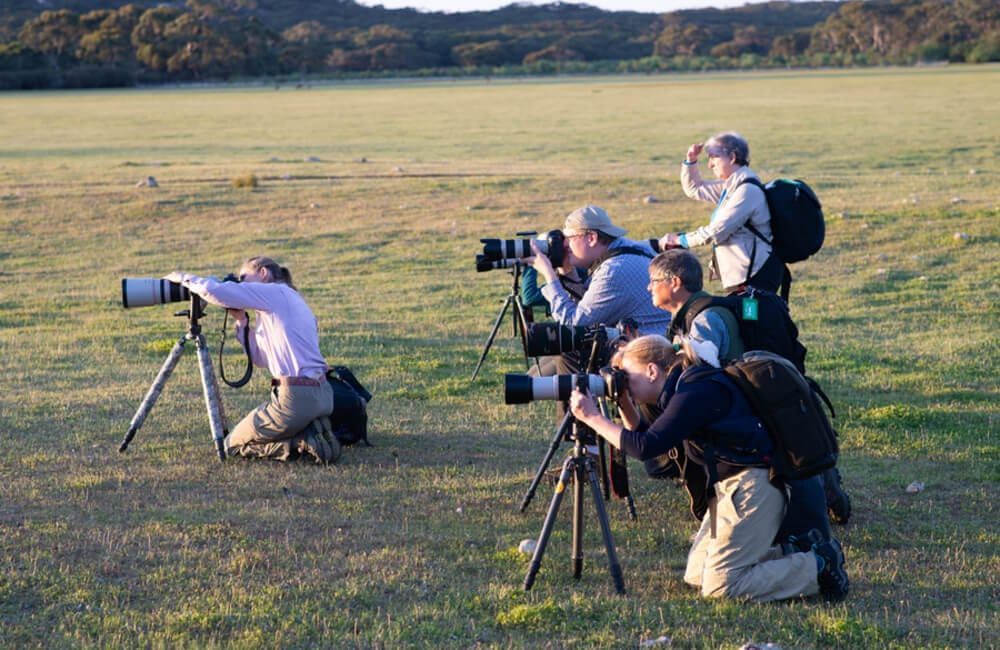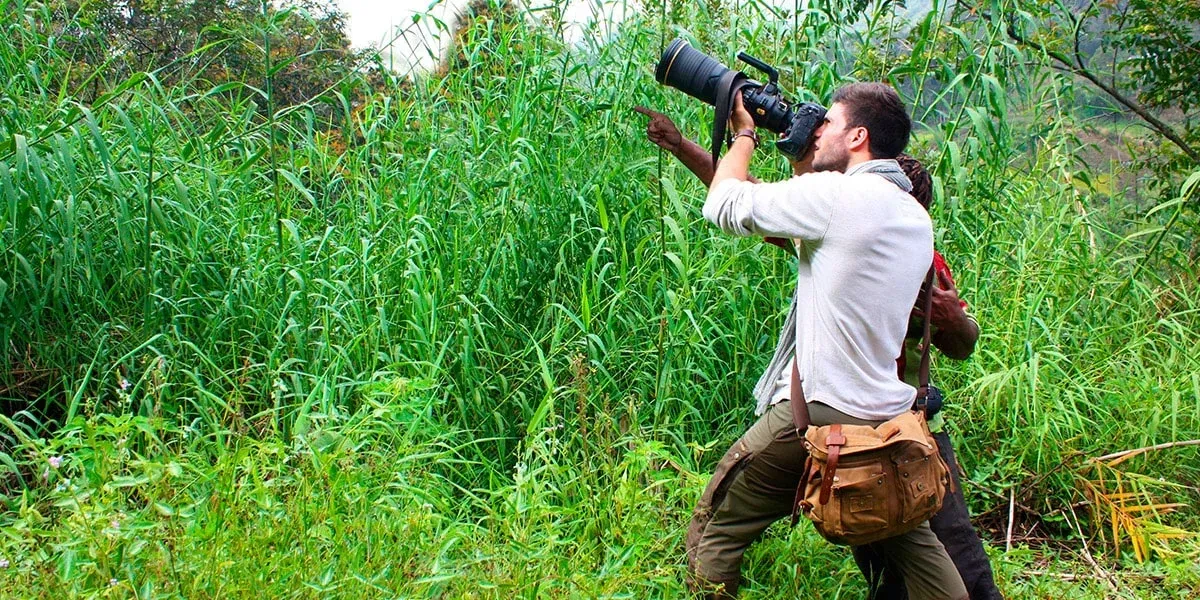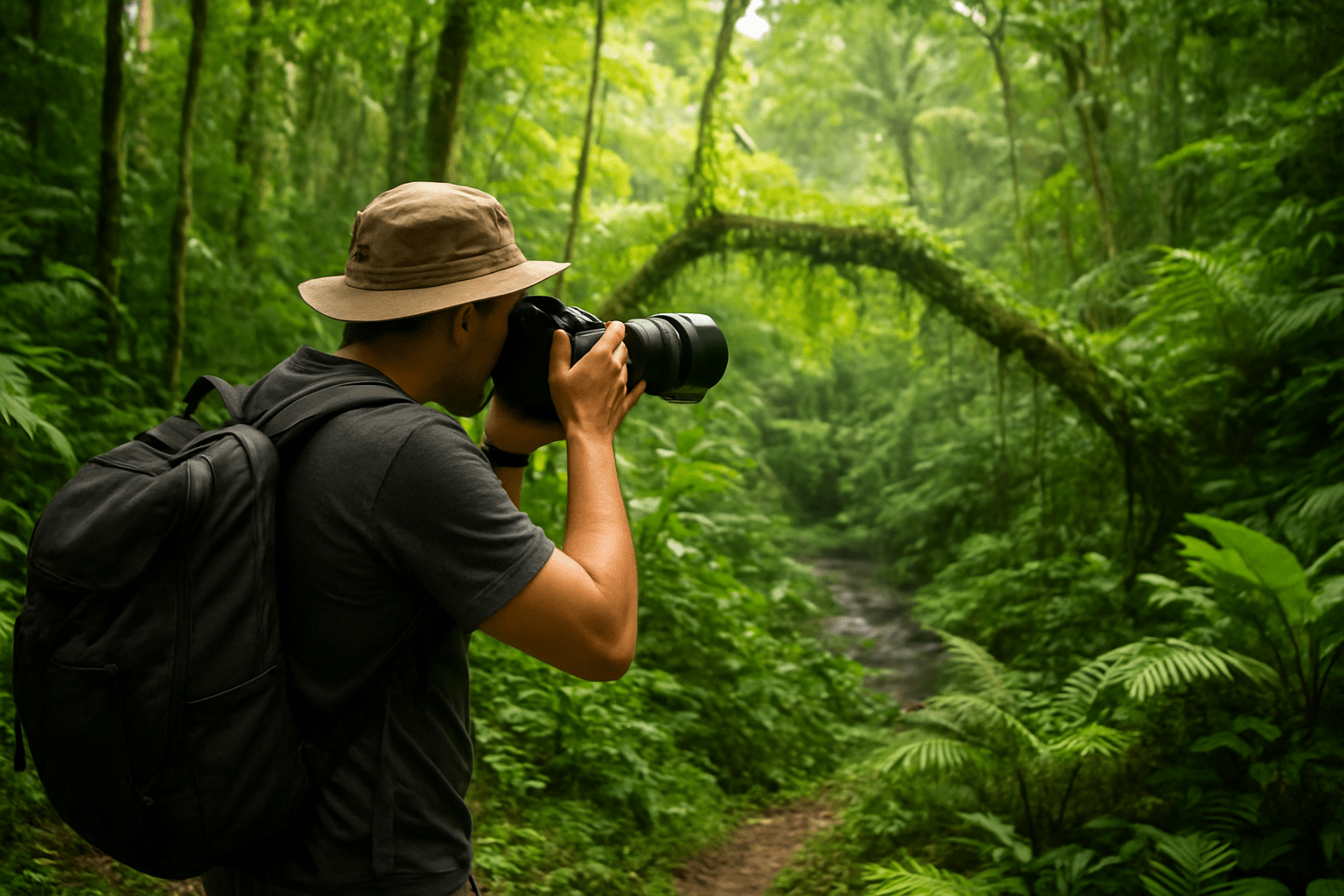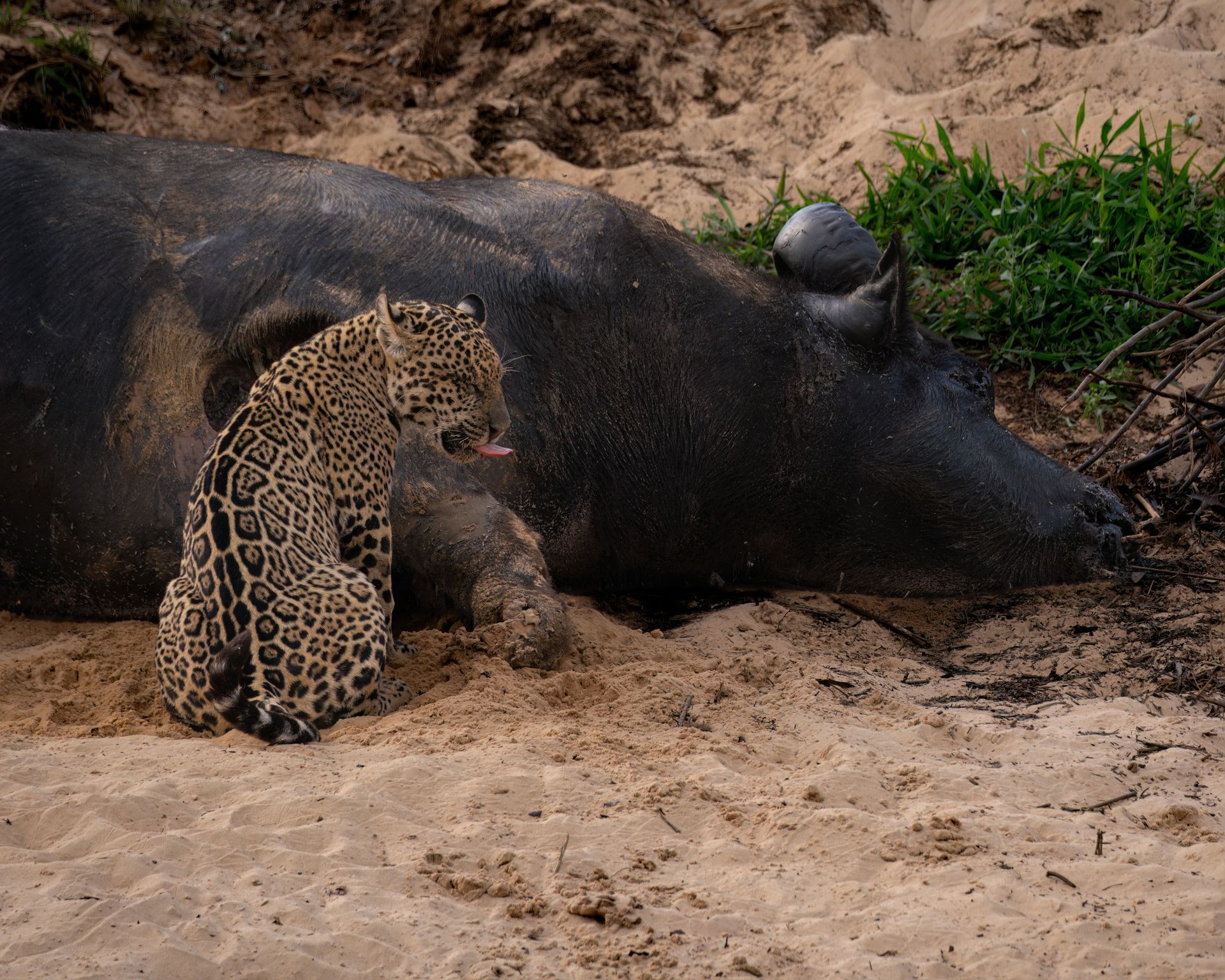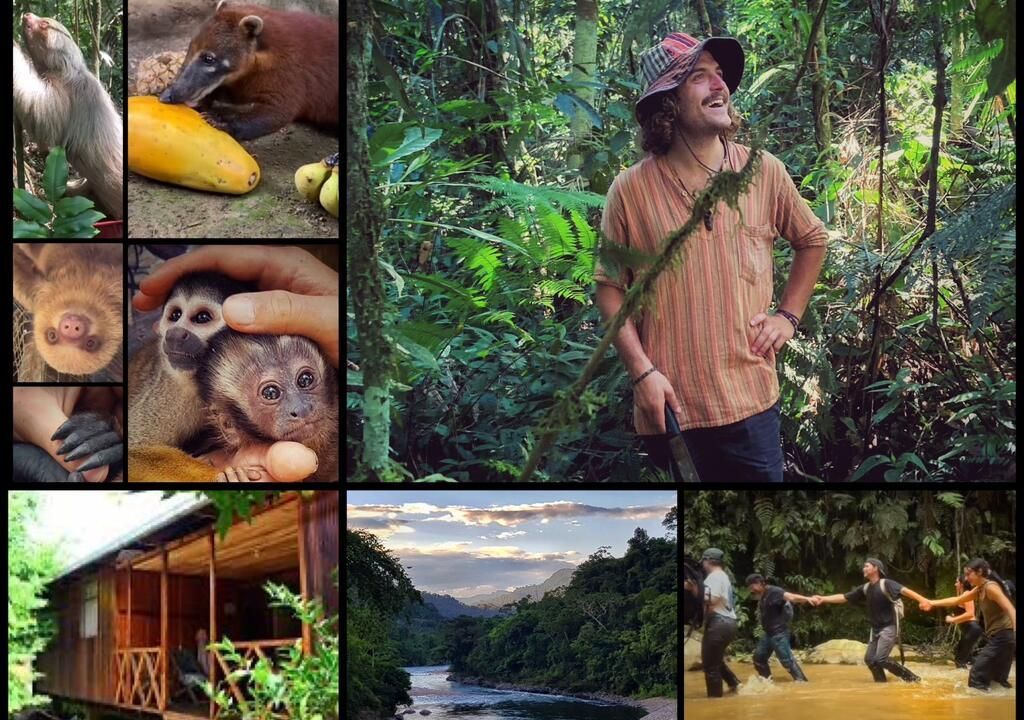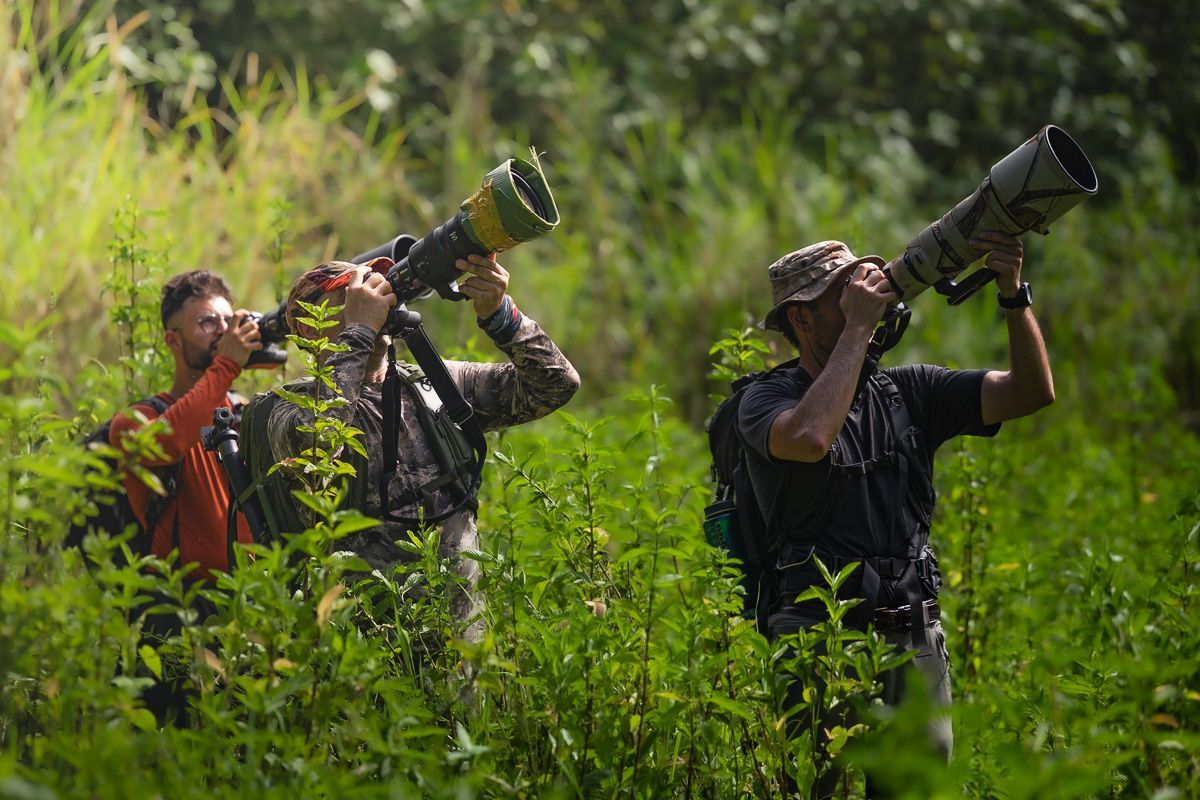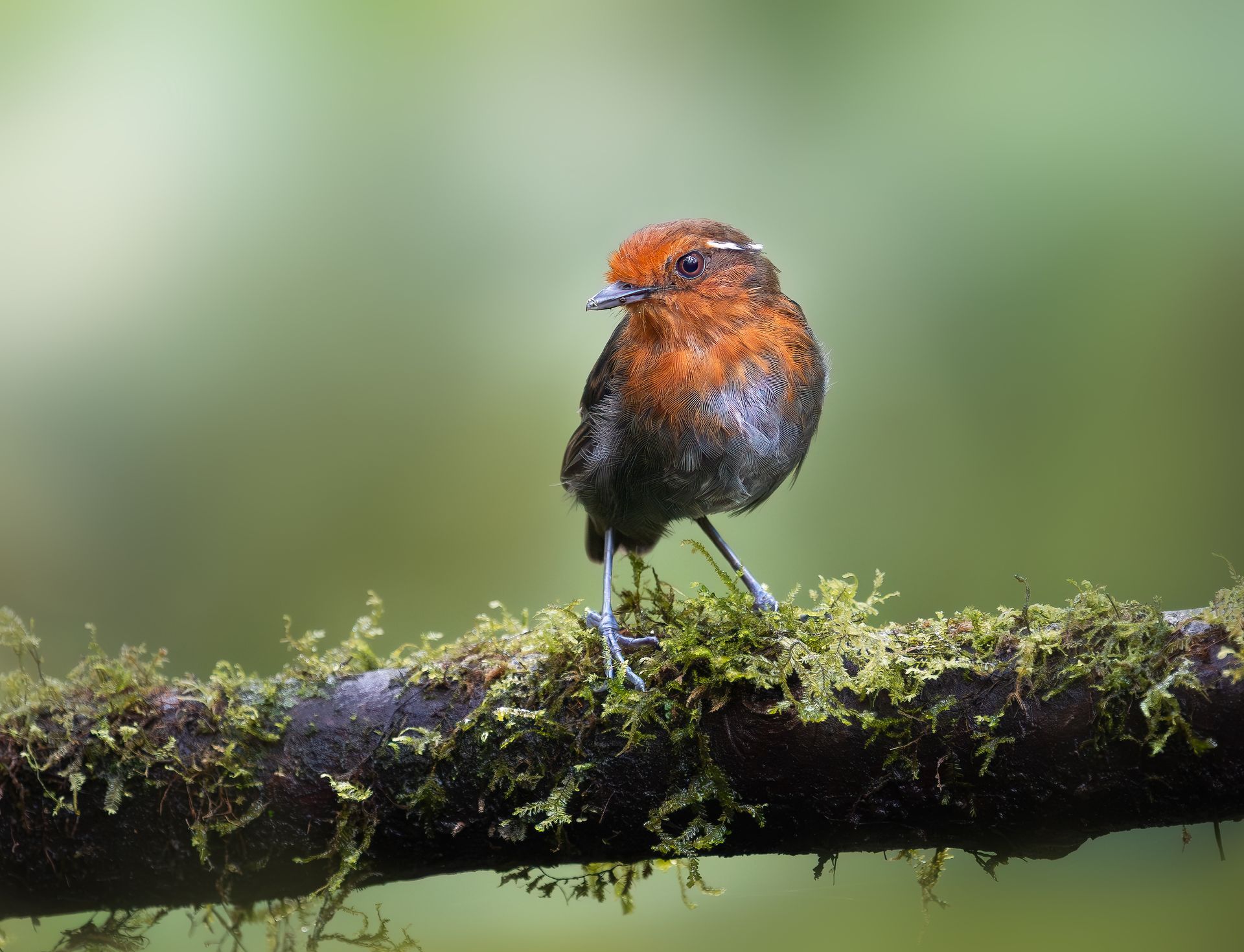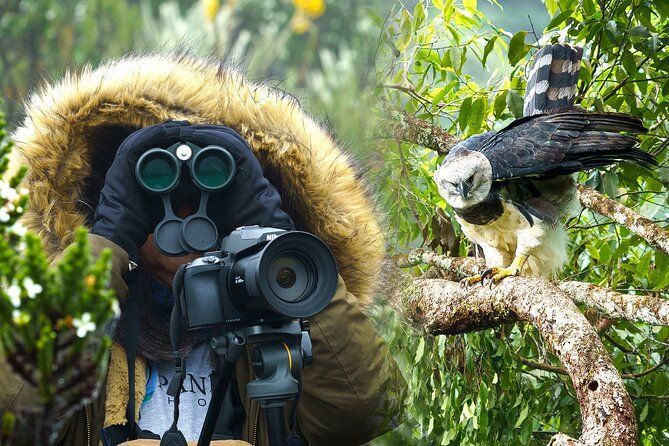Visa & Health Requirements for Bird Photographers Visiting Latin America
Visa & Health Requirements for Bird Photographers Visiting Latin America
Bird photography in Latin America offers incredible opportunities to capture some of the world’s most exotic and colorful species. From the dense Amazon rainforest to the Andean highlands and coastal mangroves, the region is home to unparalleled avian diversity. However, planning a photography expedition in Latin America requires careful attention to visa regulations and health requirements to ensure a safe and smooth journey.
Many photographers underestimate the importance of these requirements, often assuming that their standard passports or routine vaccinations are sufficient. In reality, entry rules, health mandates, and immunization protocols vary widely between countries and may change based on your nationality, recent travel history, and planned activities. This comprehensive guide provides a detailed overview of the visa and health preparations bird photographers should consider before embarking on a Latin American adventure.
1. Understanding Visa Requirements
Visa requirements depend on your nationality, the specific country you are visiting, and the length of your stay. Latin American nations typically have different entry rules, and some may allow visa-free entry for tourists, while others require pre-arranged visas.
- Short-term Tourism Visas: Many countries offer tourist visas valid for 30–90 days. For example, Ecuador, Peru, and Colombia allow citizens of Canada, the United States, and EU countries to enter without a visa for a limited period.
- Extended Stay or Research Visas: If your bird photography trip involves extended stays, research activities, or workshops, some countries may require special permits or temporary residence visas.
- Transit Requirements: If your trip includes layovers or stops in other Latin American countries, check transit visa requirements to avoid complications.
Consult official government sources or embassies to confirm the latest visa rules well in advance of your travel dates.
2. Passport Validity and Entry Requirements
Most Latin American countries require your passport to be valid for at least six months beyond your entry date. Additionally, some may request proof of onward travel, such as a return flight or onward boarding pass.
- Ensure your passport has sufficient blank pages for entry and exit stamps.
- Check for any country-specific entry declarations or forms.
- Carry digital copies of your passport and visa documents as backups.
3. Health and Vaccination Requirements
Health preparation is critical for bird photographers traveling to Latin America, as many destinations involve exposure to tropical climates, mosquito-borne diseases, and remote regions with limited medical facilities.
Common Vaccinations
Consult a travel medicine specialist at least 6–8 weeks before departure. Recommended vaccines often include:
- Yellow Fever: Required for entry into certain countries such as Brazil, Ecuador, Peru, and Bolivia if arriving from an endemic area. Proof of vaccination may be requested.
- Hepatitis A & B: Recommended for travelers exposed to local food, water, or medical procedures.
- Tetanus, Diphtheria, and Pertussis: Routine booster advised for travelers to remote areas.
- Typhoid: Recommended for travelers visiting rural areas or consuming street food.
- Rabies: Consider pre-exposure vaccination if spending extended time in wildlife habitats.
Malaria and Vector-borne Illness Prevention
Many regions in Latin America are malaria-prone, including parts of the Amazon basin. Measures include:
- Consulting a physician for appropriate antimalarial prophylaxis.
- Using mosquito repellents with DEET or picaridin.
- Wearing long-sleeved clothing and permethrin-treated garments.
- Sleeping under insecticide-treated bed nets when in forested areas.
Dengue, Zika, and Chikungunya are other vector-borne diseases that require similar precautions.
4. Travel Health Insurance
Medical coverage is essential, particularly for expeditions to remote birding locations. Ensure your travel insurance:
- Covers emergency evacuation and medical transport
- Includes hospitalization, doctor visits, and prescription medications
- Protects against trip interruptions due to illness or injury
Check whether your policy covers adventure activities such as hiking, kayaking, or trekking, which are common on bird photography tours.
5. Country-specific Entry Health Regulations
Some countries require specific health documentation upon arrival:
- Ecuador: Yellow fever vaccination required if arriving from endemic regions.
- Brazil: Vaccination proof may be requested; check Amazon region guidelines.
- Peru: Yellow fever vaccination advised for travelers entering the jungle.
- Colombia: No mandatory vaccines, but proof of vaccination recommended depending on region.
Verify up-to-date entry requirements as regulations can change due to outbreaks or seasonal disease patterns.
6. Preparing a Travel Health Kit
A well-stocked health kit is crucial for bird photographers who may spend long hours in remote areas. Recommended items include:
- Prescription medications and over-the-counter remedies for common ailments
- Antiseptics, bandages, and wound care supplies
- Electrolyte solutions and hydration aids
- Insect repellents and anti-itch creams
- Sun protection: SPF sunscreen, sunglasses, and hats
Proper preparation reduces risks and allows uninterrupted focus on photography.
7. Tips for Traveling Safely in Remote Locations
Many birding hotspots are off the beaten path. Safety measures include:
- Hiring local guides familiar with terrain and wildlife behavior
- Carrying satellite communication devices if cell service is unavailable
- Staying in accommodations with emergency support and access to first aid
- Traveling in small groups to minimize risks
Planning and precaution ensure that photography trips are rewarding rather than stressful or hazardous.
8. Food and Water Safety
Foodborne illness is common in tropical regions. Recommendations include:
- Drinking bottled or treated water
- Avoiding raw or undercooked foods from street vendors
- Using hand sanitizer before eating
Safe dietary practices complement vaccination and mosquito prevention measures for overall health.
9. Preparing for Altitude
Many bird photography destinations in Latin America, such as the Andes, require adjustment to high altitude. Consider:
- Gradual acclimatization to reduce altitude sickness
- Hydration and limited physical exertion during first days
- Consultation with a physician if prone to heart or respiratory conditions
10. Documentation and Copies
Carry digital and physical copies of the following:
- Passport and visa documentation
- Vaccination certificates (yellow fever card if required)
- Travel insurance policy and emergency contacts
- Itinerary and guide contact information
Backup copies reduce complications if documents are lost or stolen.
11. Researching Local Medical Facilities
Know the location of nearby hospitals and clinics in each destination. Remote lodges may have limited first aid resources, so planning for emergencies is essential for safety.
12. Special Considerations for Equipment
Bird photographers carry expensive gear. Health and safety planning should integrate with gear protection:
- Vaccinations and safe food practices reduce illness-related disruptions
- Insurance coverage for both health and gear ensures financial protection
- Local travel advisories help avoid areas with high disease risk
13. Final Recommendations
Preparing for visa and health requirements ensures smooth, productive trips for bird photographers. Key takeaways include:
- Confirm visa rules for each country and type of stay
- Consult travel medicine specialists for vaccinations and medications
- Carry comprehensive travel and equipment insurance
- Prepare health kits and emergency plans for remote locations
- Acclimatize to altitude and follow safety guidelines
By investing time in preparation, photographers can focus on capturing stunning bird species while remaining safe and healthy throughout their Latin American adventure.
14. Conclusion
Bird photography in Latin America is a rewarding endeavor, but it comes with logistical and health challenges. Understanding visa requirements, obtaining proper vaccinations, securing travel insurance, and preparing for field conditions are crucial steps. With careful planning and adherence to local regulations and safety protocols, photographers can enjoy immersive wildlife experiences while minimizing risks. A well-prepared expedition not only protects health and equipment but also ensures that your focus remains on capturing the vibrant, diverse birdlife that makes Latin America a premier destination for bird photographers worldwide.



